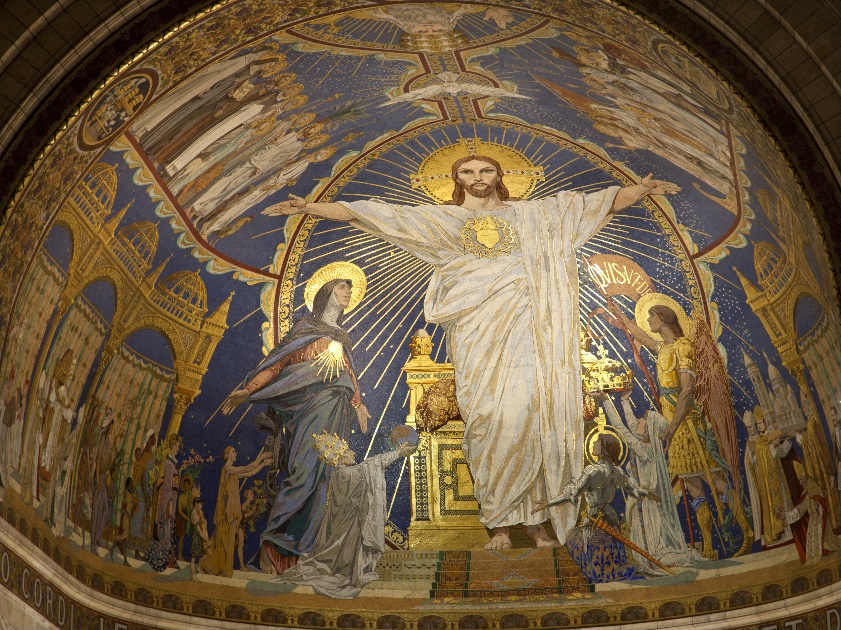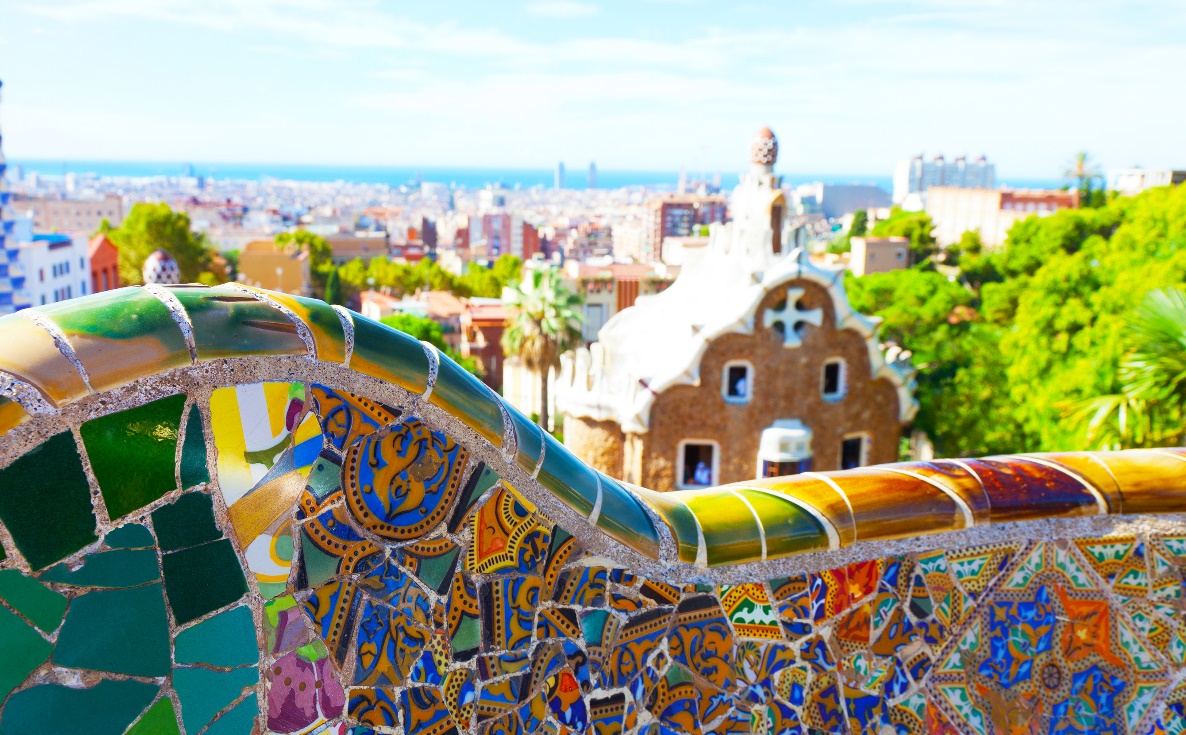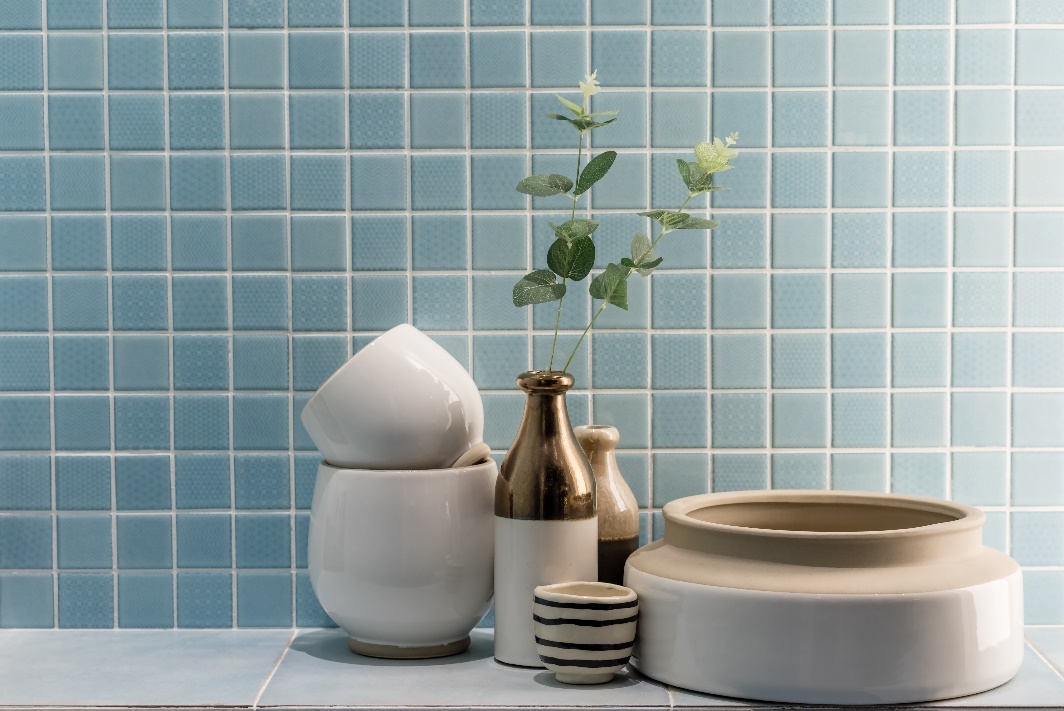Mosaic in Modernity: The 19th Century and Beyond
Mosaic in Modernity: The 19th Century and Beyond
In our last blog post, we explored the colourful history of mosaic from the world’s very earliest examples in ancient Mesopotamia, Greece and Rome, and throughout the art of the early Islamic Empire. These classical examples are what automatically come to mind when most people think of mosaic, but this beautiful technique’s universal appeal didn’t end there.
Throughout the Middle Ages in Europe, mosaic seemed to fall out of fancy, with only limited examples of tesserae being used in certain abbeys and other ecclesiastical buildings during this period. However, with the dawning of the 19th Century, a renewed interest in Byzantine style art and architecture breathed new life into the practice, and is still evident today in such breath-taking European landmarks as the Sacré Coeur Basilica in Paris and London’s Westminster Cathedral.

The Byzantine revival sparked yet another wave of creativity in the use of mosaic that would continue until the present day, with the Art Nouveau movement acting as a bridge between the 19th and 21st Century mosaic movements.
20th Century Art Nouveau
Art Nouveau design is characterised by bright colours, with building facades often clad in polychromatic tiles. It was only natural, therefore, that mosaic would be embraced by the artists of the time, with both purpose-made and waste tiles being used to cover large expanses. Some beautiful examples of this work can be found in Spain, where the work of Antoni Gaudi and Josep Maria Jujol stands as some of the finest examples of Art Nouveau architecture anywhere in the world.

This was the first time that broken crockery and other found objects were routinely included into mosaic practices, and paved the way for the craft-movement’s adoption of small-scale mosaicking as creative expression that remains popular today.
Into Modernity: the 21st Century
Today, the concept of mosaic straddles a fine line between art, architecture and handicraft, simply because of the versatility of uses. Small tesserae, in uniform or non-uniform colour schemes, remain a popular option in kitchens and bathrooms, and on feature walls where look and functionality are important. Mosaic floors and ceilings are also popular, with the small tiles being used to add interest and texture to otherwise plain surfaces.

At the same time, mosaicking as a hobby and form of artistic expression continues to gain popularity because of the up-cycled nature of mosaic handicrafts, and because of the ease and accessibility that mosaicking represents to even inexperienced crafters.
For thousands of years, mosaic has been one of the world’s favourite ways to embellish both interior and exterior spaces. From the simple arrangement of pebbles to signify a pathway or boundary, to elaborate artworks revealing our most closely held religious, cultural and aesthetic beliefs, this versatile technique will always have a place in our most beautiful spaces, whether private or public.
[Back]
blog comments powered by Disqus

